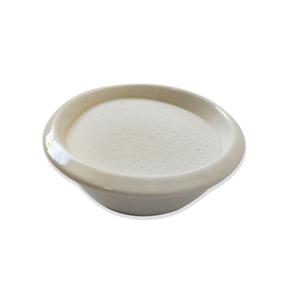Professional industry ceramic supplier, silicon nitride, silicon carbide, aluminum nitride and any other kinds of ceramics.
PRODUCT PARAMETERS
Description
Overview of aerogel battery barrier
aerogel battery barrier is a synthetic porous ultralight material derived from a gel, in which the liquid component has been replaced with a gas. The result is a solid with extremely low density and low thermal conductivity, often nicknamed “frozen smoke.” Despite its fragile appearance, it can be engineered to be remarkably strong, holding the title of the world’s best insulating solid material.
Features of aerogel battery barrier
-
World’s Lowest Thermal Conductivity: Provides unparalleled insulation performance, far superior to traditional materials.
-
Extremely Low Density: One of the lightest solid materials known to man, with a composition of up to 99.8% air.
-
High Surface Area: Possesses an incredibly large internal surface area, making it valuable for filtration and absorption applications.
-
Versatile Composition: Can be made from various materials, including silica, carbon, and metal oxides, each with unique properties.
-
Exceptional Porosity: Its nanoporous structure is responsible for its outstanding insulating capabilities.
Specifications of aerogel battery barrier
Aerogel battery barriers offer unique protection for modern battery systems. This material is highly effective. It provides critical insulation inside battery packs. The barrier prevents thermal runaway events. Thermal runaway can cause dangerous battery fires. Aerogel stops heat spreading between cells. This keeps temperatures safe.
The barrier uses silica aerogel technology. Silica aerogel is very porous. Its structure traps air. Trapped air blocks heat transfer. Heat moves slowly through the material. This gives excellent insulation. The barrier withstands high temperatures. It handles over 1000 degrees Celsius. This protects against extreme heat.
Aerogel barriers are very thin. Typical thickness is just 1 to 5 millimeters. This thin profile saves space. Batteries can pack more cells. Energy density improves. The material is also extremely light. Aerogel feels almost weightless. Adding it barely increases the battery weight.
The barrier material is non-combustible. It does not catch fire itself. It helps contain fires if they start. This improves overall battery safety. Aerogel is chemically stable. It doesn’t react with battery components. This ensures long-term reliability.
Installation is straightforward. Sheets fit between individual battery cells. They form a physical separation layer. The barrier works with pouch, prismatic, or cylindrical cells. It integrates into existing pack designs easily. This material is key for safer, higher-performing batteries.
Applications of aerogel battery barrier
Aerogel battery barriers offer real advantages for battery safety. These barriers use silica aerogel. Aerogel is extremely lightweight. Aerogel has a porous structure. This structure provides excellent thermal insulation. It helps stop heat spreading inside battery packs. Preventing heat spread is crucial. It reduces the risk of thermal runaway. Thermal runaway can cause fires. It can cause explosions. Aerogel barriers act as a shield. They keep heat contained within a single cell. This protects nearby cells.
Aerogel also adds mechanical protection. Battery packs face shocks and vibrations. These forces can damage cells. Aerogel barriers absorb impacts. They cushion the cells. This helps prevent internal short circuits. Short circuits are dangerous. They can lead to failure.
Chemical stability is another benefit. Aerogel resists many chemicals. It holds up well inside battery environments. This ensures long-term performance. The barrier doesn’t break down easily. It maintains its insulating properties.
The barrier is very thin. Adding it doesn’t take much space. It fits easily into existing battery designs. Weight is also low. The aerogel doesn’t add significant bulk. This is important for electric vehicles. Every bit of weight matters for range.
Aerogel barriers improve overall battery safety. They tackle multiple risks. They handle heat effectively. They offer physical protection. They are chemically durable. Using them makes batteries safer. Safer batteries are reliable batteries.
Company Profile
Tanki New Materials Co.Ltd. focus on the research and development, production and sales of ceramic products, serving the electronics, ceramics, chemical and other industries. Since its establishment in 2015, the company has been committed to providing customers with the best products and services, and has become a leader in the industry through continuous technological innovation and strict quality management.
Our products includes but not limited to Aerogel, Aluminum Nitride, Aluminum Oxide, Boron Carbide, Boron Nitride, Ceramic Crucible, Ceramic Fiber, Quartz Product, Refractory Material, Silicon Carbide, Silicon Nitride, ect. please feel free to contact us.

Payment Methods
T/T, Western Union, Paypal, Credit Card etc.
Shipment Methods
By air, by sea, by express, as customers request.
5 FAQs of aerogel battery barrier
What is an aerogel battery barrier? An aerogel battery barrier is a thin layer placed between battery cells. It uses aerogel material. Aerogel is a super-light solid. It has a lot of air trapped inside. This makes it very insulating.
Why is aerogel special for batteries? Aerogel stops heat really well. Batteries can get hot during use or charging. Too much heat is bad. Heat can make batteries age faster or even fail. Aerogel keeps heat from spreading between cells. This helps the whole battery pack last longer.
Does this barrier make batteries safer? Yes. It helps prevent thermal runaway. Thermal runaway is when one hot cell makes its neighbor heat up too. That chain reaction can cause fires. The aerogel barrier acts like a firebreak. It blocks the heat transfer. This gives more time for safety systems to work.
How well does it handle temperature extremes? Aerogel works great in both hot and cold conditions. It keeps heat in during freezing weather. This helps batteries perform better. It also keeps heat out in hot environments. This protects the cells. Aerogel stays stable across a wide temperature range.
Is the barrier hard to install? No. Manufacturers design these barriers to fit easily. They are usually thin and flexible. They can be cut or shaped as needed. This makes them simple to add during battery assembly. They don’t take much extra space. They integrate smoothly into the pack design.
REQUEST A QUOTE
RELATED PRODUCTS
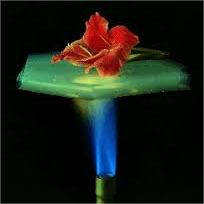
Aerogel insulation board grinding machine/Rubber insulation board thickness sanding machine/Rock wool board polishing machine
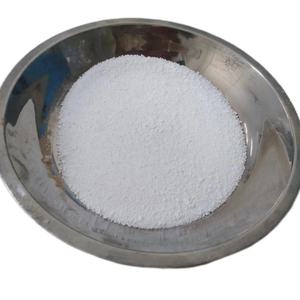
White and Black Ultrathin Film-like Nano Aerogel Heat Insulation Material
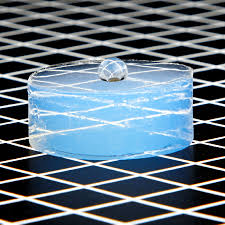
Customized nano aerogel thermal insulation 3mm 6mm 10mm blanket
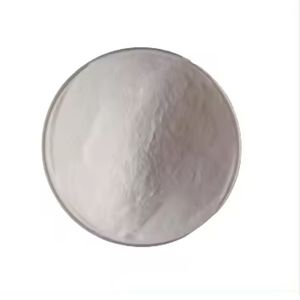
Aerogel Insulation Blanket With Single Side Aluminum Foil For Steam Pipeline Insulation
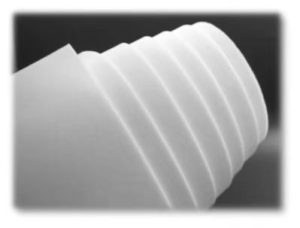
High quality porous 99% al2o3 plates alumina ceramic block laboratory heating blocks aerogel fiber board
